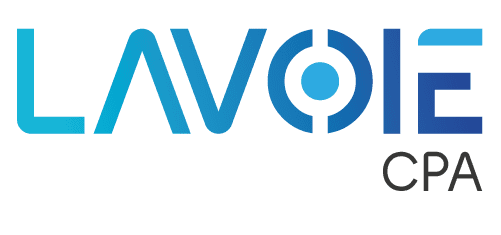Cash flow often doesn’t get the attention it deserves until there is a problem. By then, it might be too late.That is why it is so important for all businesses, especially small and medium sized businesses, to embrace accounting practices that maximize cash flow. With that in mind, here are just a few of the most important accounting best practices for businesses to embrace.
1. Upgrade to Better Accounting Software Solutions
Advances in technology have transformed the way businesses are run. Managing cash flow with Excel is time-consuming, inefficient and inaccurate. Instead, companies should embrace more sophisticated cash solutions that make these processes simpler, faster and more accurate. And it gets even better! Many of the more advanced cloud based accounting software solutions can be accessed remotely or with mobile devices, providing real time visibility into the company’s cash flow at any time and from anywhere. Real time access to this data allows business owners to react proactively to cash flow challenges that could cause big problems down the road.
Related: A Beginner’s Guide to Cloud Computing
2. Implement An Automated Invoice System
Too many businesses continue to experience a significant lag in their invoice process, negatively affecting cash flow. Automating the invoice process with advanced accounting software eliminates this delay, beefing up the cash receipts that fuel new work. It also helps to make sure one person is in charge of the invoice process. A company should dedicate an employee to the invoice process or save personnel expenses by outsourcing the work to an accounting service.
3. Make it Easy for Customers to Pay You!
The easier it is for clients to pay you, the faster they will send you the money they owe. Use accounting software that allows you to accept online payments whenever possible, an option preferred by most customers. Additionally, make sure the accounting software you chose optimizes revenue recognition and automates collections. Doing this allows transparency and control over the receivables process to ultimately maximize cash flow.
4. Maintain a Steady and Healthy Cash Flow
Finally, it is critical for managers looking to maintain a steady, healthy cash flow to plan for the future. Planning ahead is a trait shared by successful businesses, and those companies that operate on a month-by-month basis will inevitably run into problems such as meeting payroll. Consider utilizing accounting software that provides you with the data and analytics that you need to evaluate where you are and use that real time information to plan where you are going.
What are some steps you are taking to maximize your company’s cash flow? Have you had any success with any of the options above?

